Jacksonville, Fl. — The “Buresh Bottom Line”: Always be prepared!.....First Alert Hurricane Preparation Guide... City of Jacksonville Preparedness Guide... Georgia Hurricane Guide.
STAY INFORMED: Get the * FREE * First Alert Weather app
FREE NEWS UPDATES, ALERTS: Action News Jax app for Apple | For Android
WATCH “Preparing for the Storm”
WATCH “The Ins & Outs of Hurricane Season”
READ the First Alert Hurricane Center “Preparation Guide”
***** ALWAYS CHECK & RE-CHECK THE LATEST FORECAST & UPDATES! ****
Tropics threats for Jacksonville/NE Florida/SE Georgia: Onshore flow will increase again next week with rough seas & surf = a high rip current risk.
The Atlantic Basin Overview:
(1) Multiple tropical waves are moving rather sluggishly to the west between the Caribbean & coast of Africa but little organization is indicated right now.
The Caribbean wave will continue westward moving over the Yucatan Peninsula through the weekend then emerging over the SW Gulf of Mexico. At the same time a persistent but very disorganized area of low pressure & storminess will remain over the NW Gulf while sinking southward. I’m not so sure that these two features might not “team up” & try then to organize/strengthen next week. Forecast models show a wide range on this possibility, but it’s something to watch from Mexico & Texas eastward all along the Gulf coast.
(2) We’re also seeing mixed signals regarding a nearly stationary boundary from the Gulf to the Western Atlantic that gets reinforced by a series of upper level troughs & possible low pressure developing at the surface along the front. This could be some “in-close” development anywhere from the Gulf to the far Western Atlantic. Some models indicate the potential for some tropical activity from near the Florida (Eastern Gulf) northeast coast northward across the Western Atlantic - primarily next week.
And low pressure has formed over the Western Atlantic east of Chesapeake Bay & will move N/NE with some subtropical characteristics possible before moving over cooler water near Atlantic Canada...
another low pressure area may try to consolidate near or east/northeast of Florida... & yet a third possible area for low pressure over the Northern or NE Gulf of Mexico.
A very messy/disorganized pattern to say the least. But the upshot is that very heavy rain will continue across the Gulf Coast to Northeast Fl./SE Georgia for the foreseeable future(!).
Fitting the pattern for an increase in tropical activity is persistent & seasonally strong surface high pressure at northern latitudes from the Central U.S. to the Northwest Atlantic. This high pressure will bring an early taste of fall across the Northern U.S. & may induce general low pressure to the south - a pattern that *could* favor tropical development at southern latitudes.


The experimental Climavision ‘Horizon’ model below for Fri., Sept. 13th shows a lot of “toughiness” but has has backed of - for now - on true tropical development. Still a wet pattern + strong onshore flow for Ne Fl./SE Ga.
Very heavy rain for much of the Gulf coast this week into the weekend:


‘Velocity potential anomalies’ below shows massive “sinking” air (brown lines) & overall hostile conditions for tropical development continue across the Atlantic Basin. In such a state, tropical development can occur but overall conditions are not as conducive as when there is overall rising (green lines) air such as much of the Pacific Basin where convection is active. This “pulse” of upward motion should move over the Atlantic Basin over the next few weeks.

REMEMBER WHEN A TROPICAL STORM OR HURRICANE IS APPROACHING: Taping windows is *not* recommended & will not keep glass from breaking. Instead close curtains & blinds.
Realize the forecast cone (”cone of uncertainty”) is the average forecast error over a given time - out to 5 days - & *does not* indicate the width of the storm &/or where damage might occur.
The upper oceanic heat content (UOHC) [tropical cyclone heat potential/TCHP] across the SW Atlantic, Gulf & Caribbean is very high:
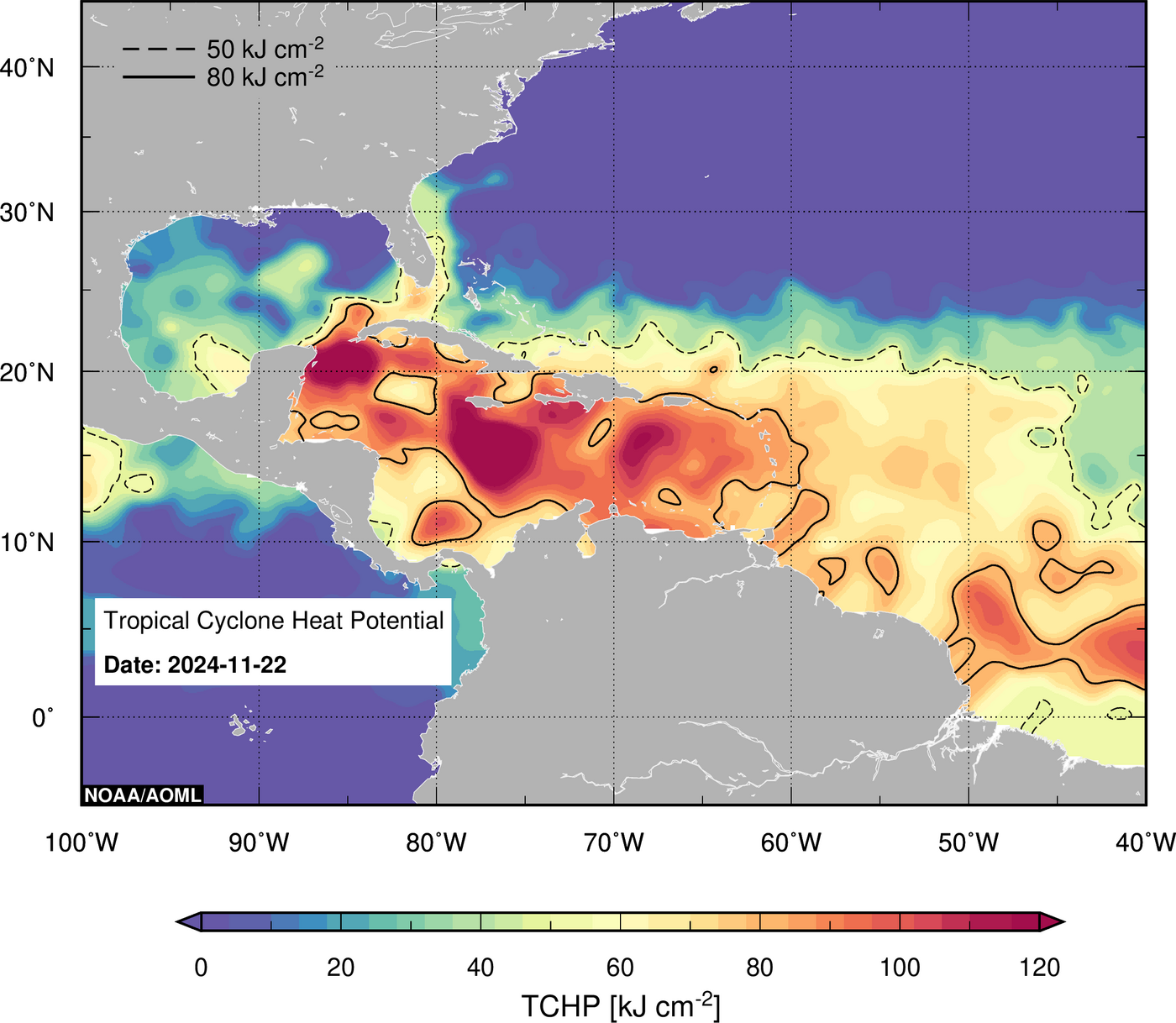
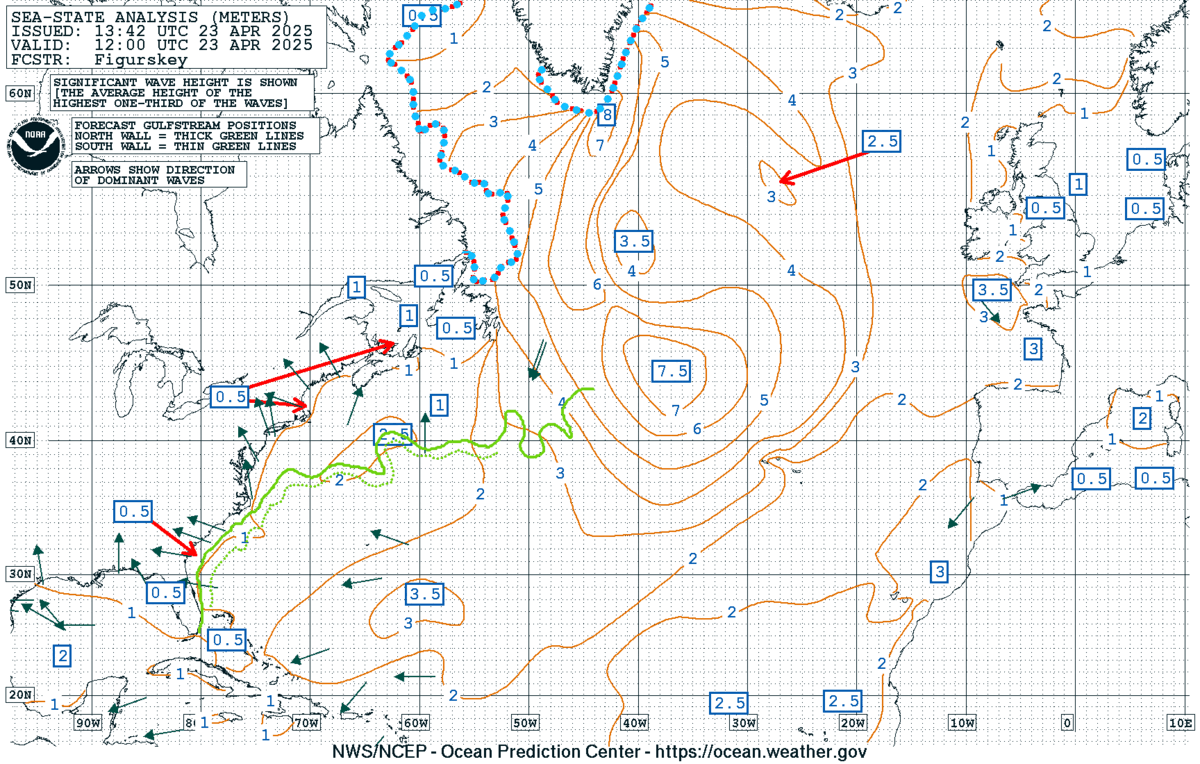
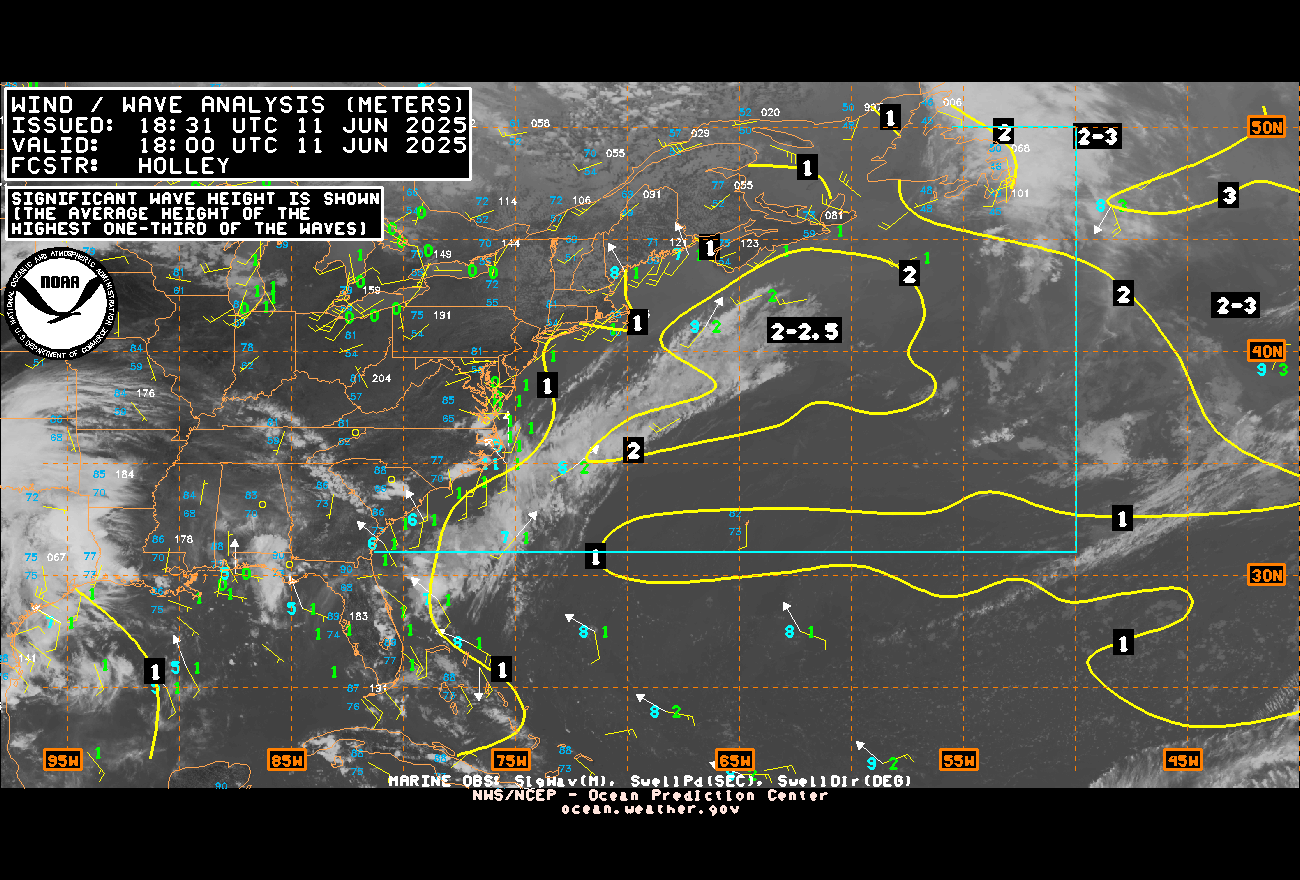



Water vapor loop (dark blue/yellow is dry mid & upper level air):


September tropical cyclone origins (early season breeding grounds are the Gulf &/or Western Caribbean:
Averages below based on climatology for the Atlantic Basin for September (2 hurricane so far, 3 tropical storms):
Wind shear (red - strong shear; green - low shear):



Saharan dust spreads west each year from Africa driven by the prevailing winds (from east to west over the Atlantic). Dry air = yellow/orange/red/pink. Widespread dust is indicative of dry air that *can* interfere with the development of tropical cyclones. However, sometimes “wanna’ be” waves will just wait until they get to the other side of - or away from - the dust plume then try to develop if other conditions are favorable (we’ve already seen this with Beryl & Debby this year). In my personal opinion, there is way too much “hoopla” about the presence of Saharan dust & how it relates to tropical cyclones. In any case, the peak of Saharan dust typically is in June & July.
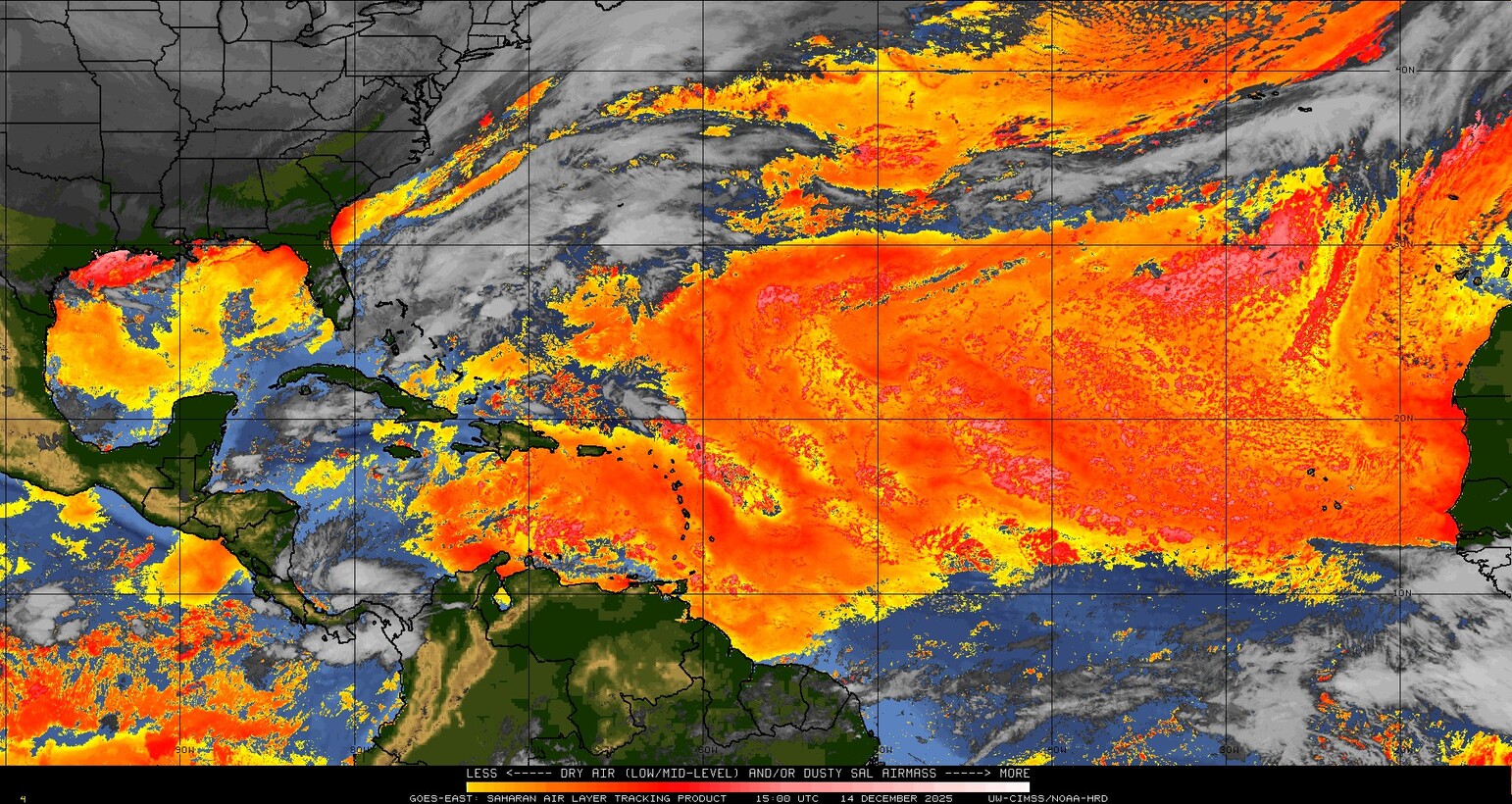
2024 names..... “Francine” is the next name on the Atlantic list (names are picked at random by the World Meteorological Organization... repeat every 6 years). Historic storms are retired [Florence & Michael in ’18 (the last time this year’s list was used)... Dorian in ’19 & Laura, Eta & Iota in ‘20, Ida in ‘21 & Fiona & Ian in ‘22]). In fact, this year’s list of names is rather infamous because of the ‘04 season when Charley, Frances, Jeanne & Ivan - all retired names - hit Florida within a matter of about 6 weeks. The WMO decided - beginning in 2021 - that the Greek alphabet will be no longer used & instead there will be a supplemental list of names if the first list is exhausted (has only happened three times - 2005, 2020 & 2021). The naming of tropical cyclones began on a consistent basis in 1953. More on the history of naming tropical cyclones * here *.





East Atlantic:





Mid & upper level wind shear (enemy of tropical cyclones) analysis (CIMMS). The red lines indicate strong shear:
Water vapor imagery (dark blue indicates dry air):

Deep oceanic heat content over the Gulf, Caribbean & deep tropical Atlantic. The colors will brighten greatly as the water warms to greater depths deeper into the season:

Sea surface temp. anomalies:
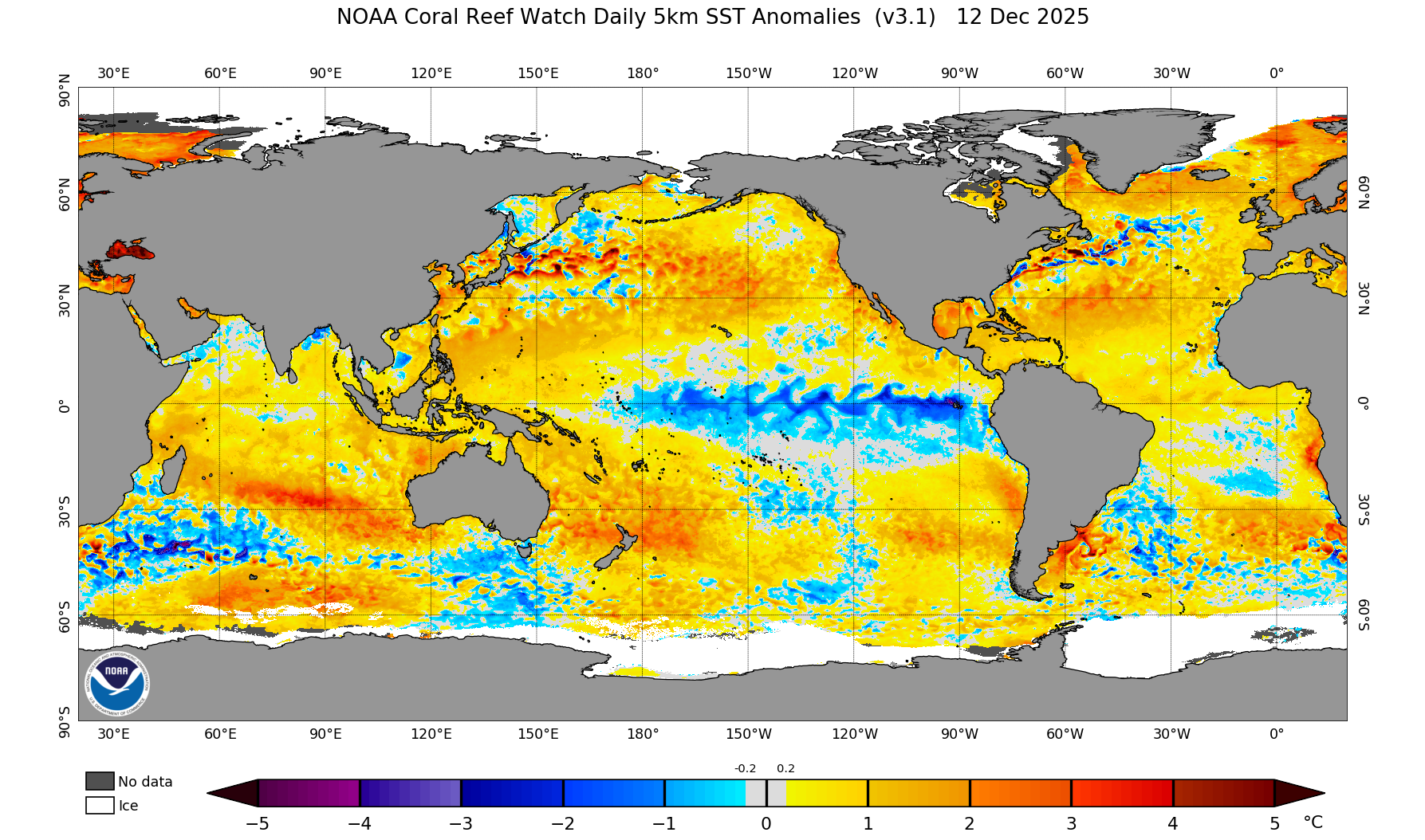

SE U.S. surface map:

Surface analysis centered on the tropical Atlantic:
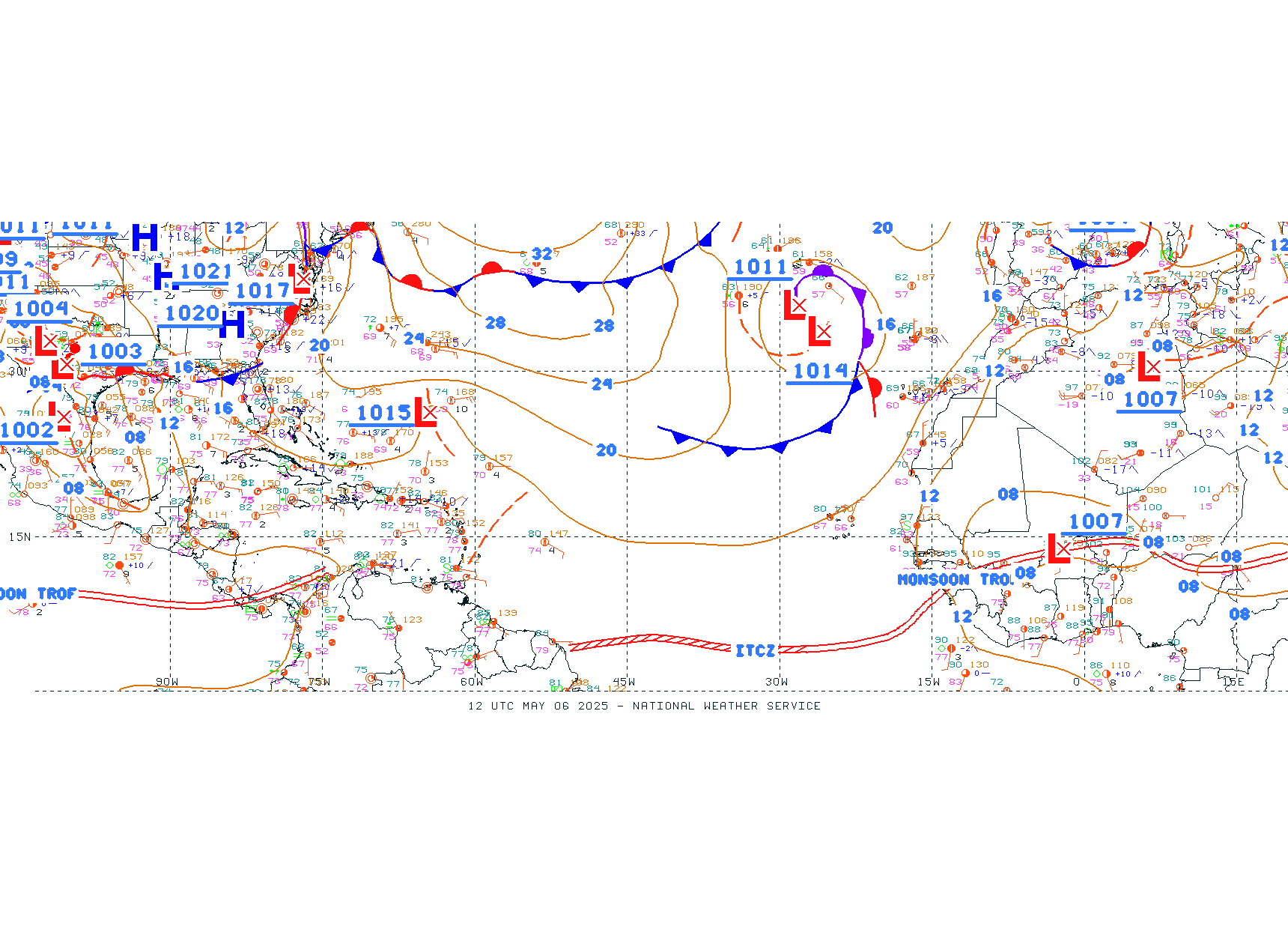
Surface analysis of the Gulf:
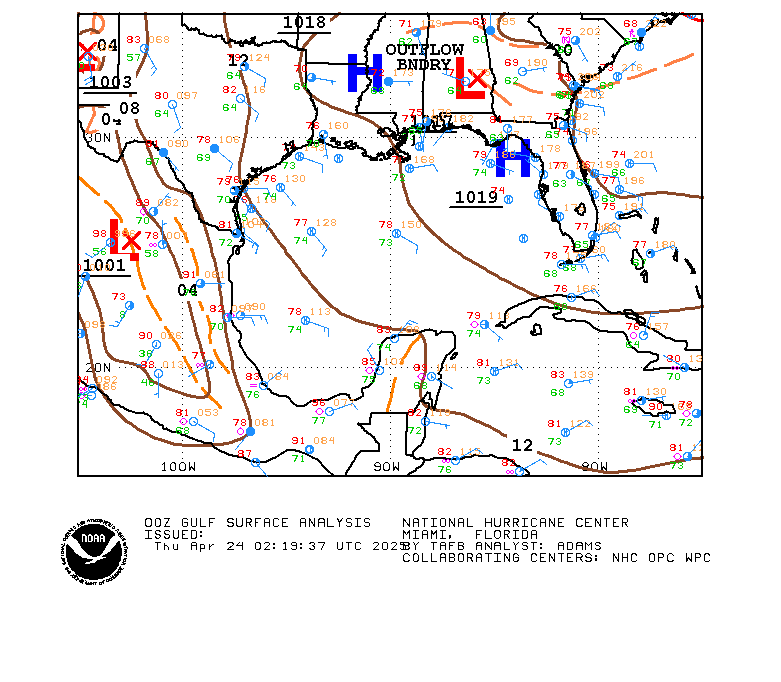
Caribbean:
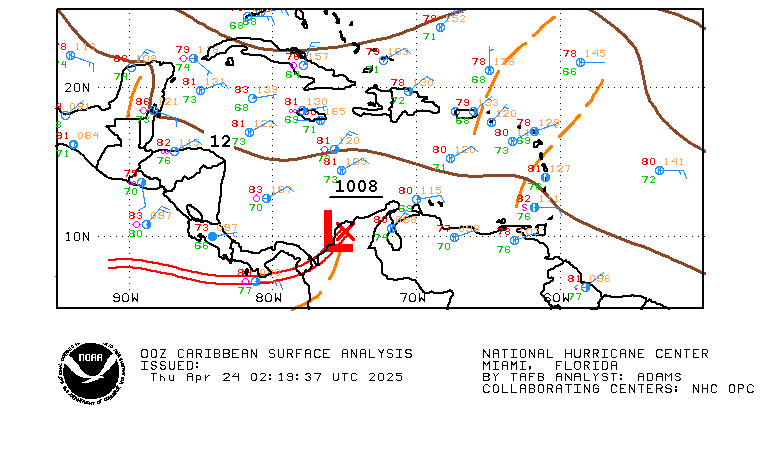
Atlantic Basin wave period forecast for 24, 48, 72 & 96 hours respectively:
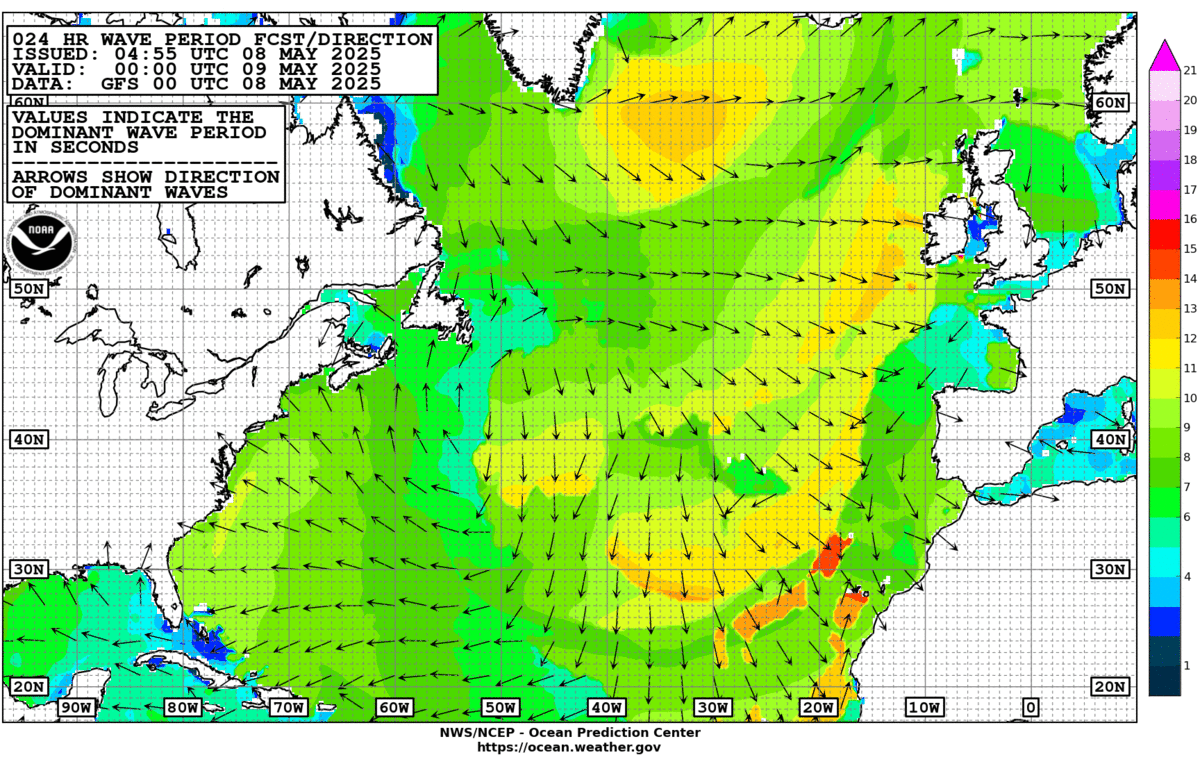
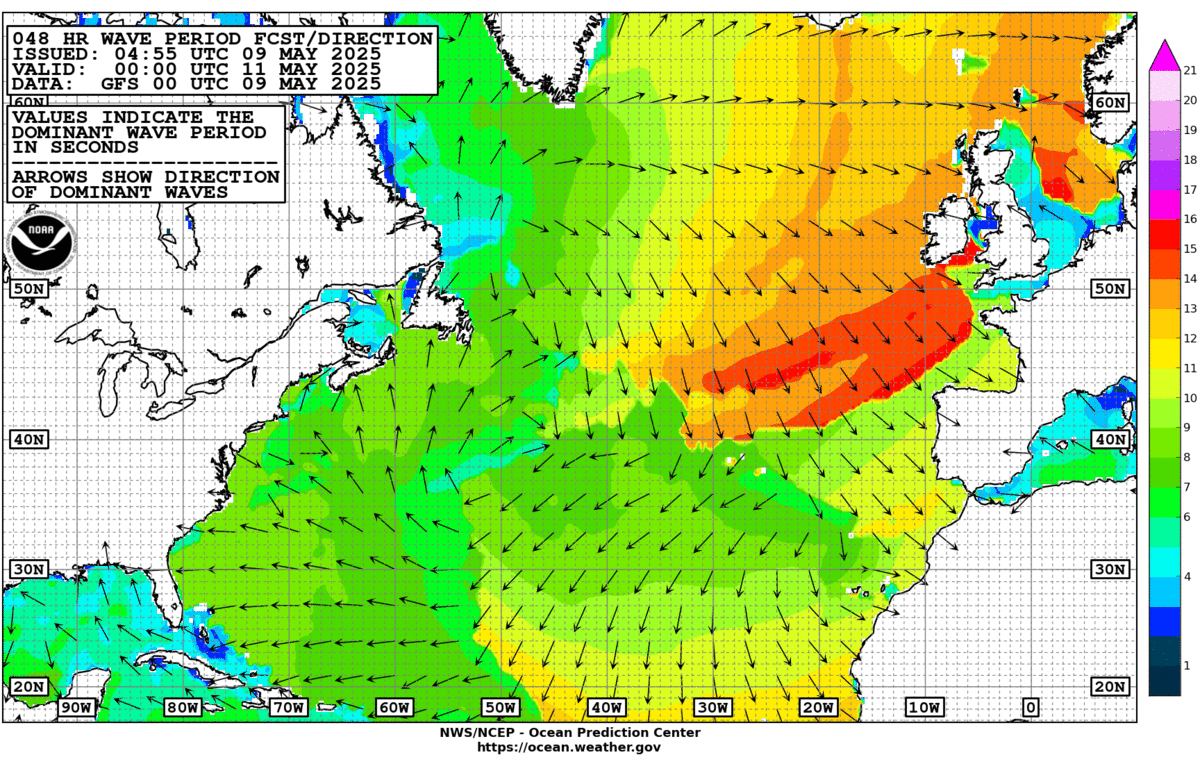
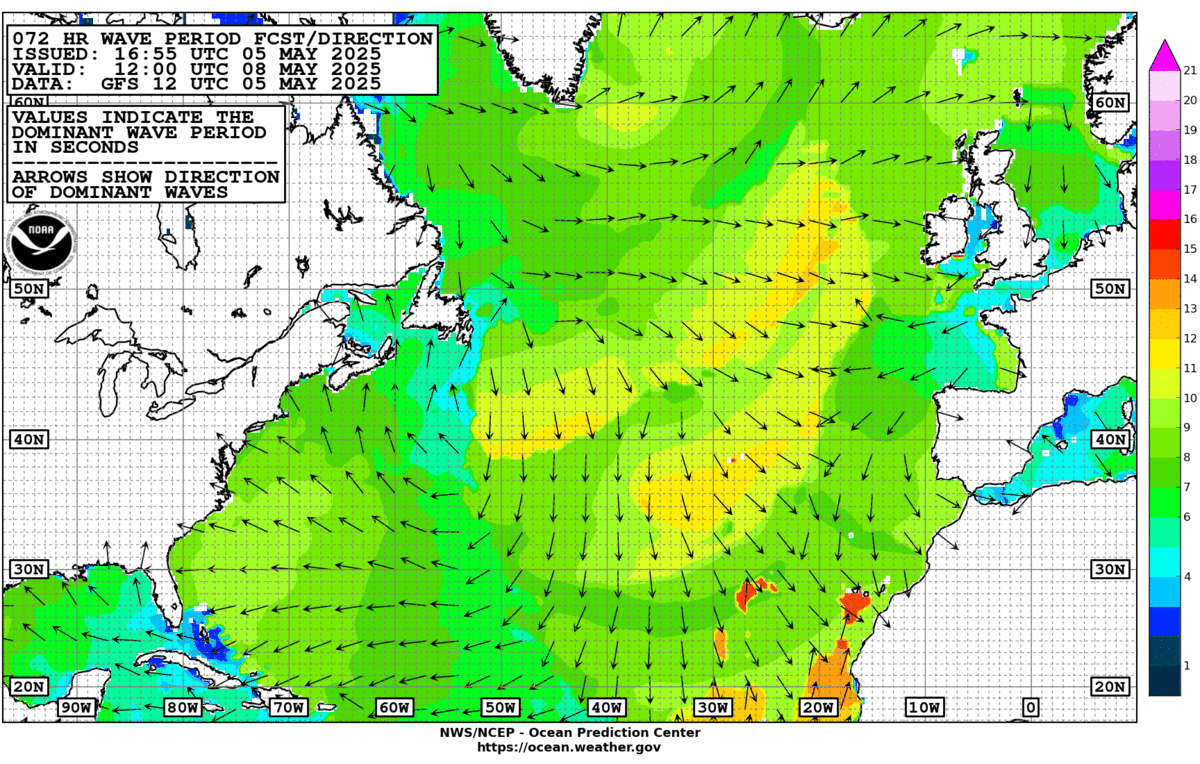
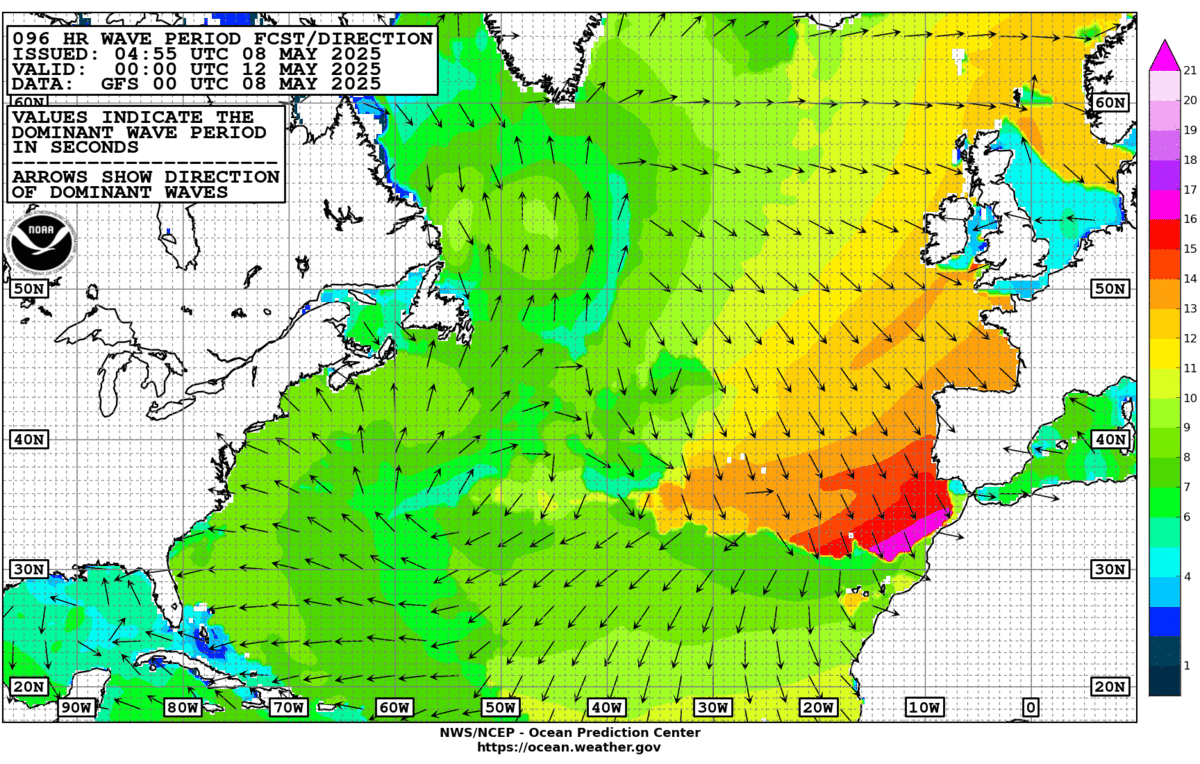

East & Central Pacific:



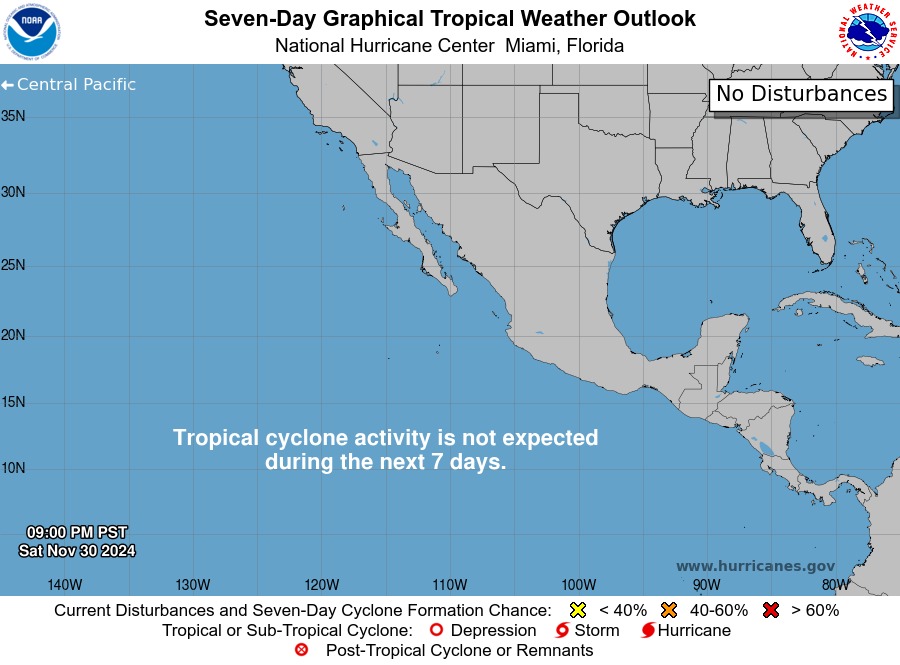
Hawaii satellite imagery:

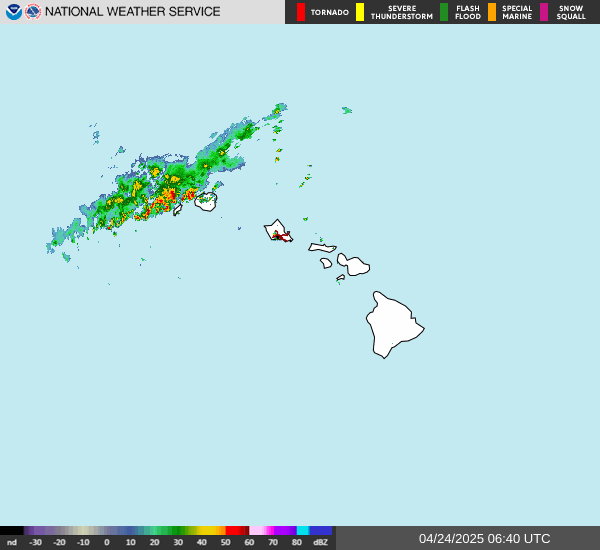
West Pacific:

Global tropical activity:

Typhoon “Yagi” will roll through parts of China through Saturday:

Weak tropical cyclone “Leepi” stays east of Japan:

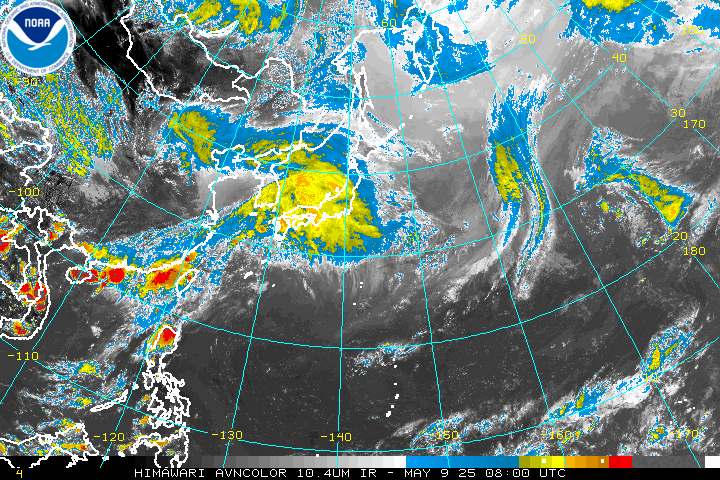
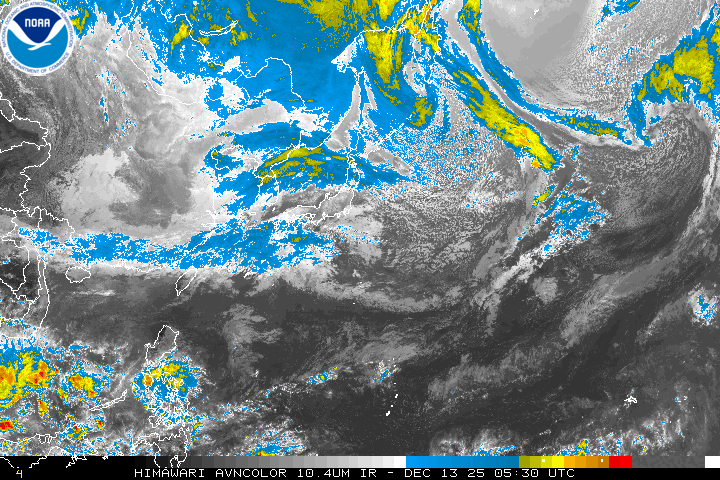
Cox Media Group


















